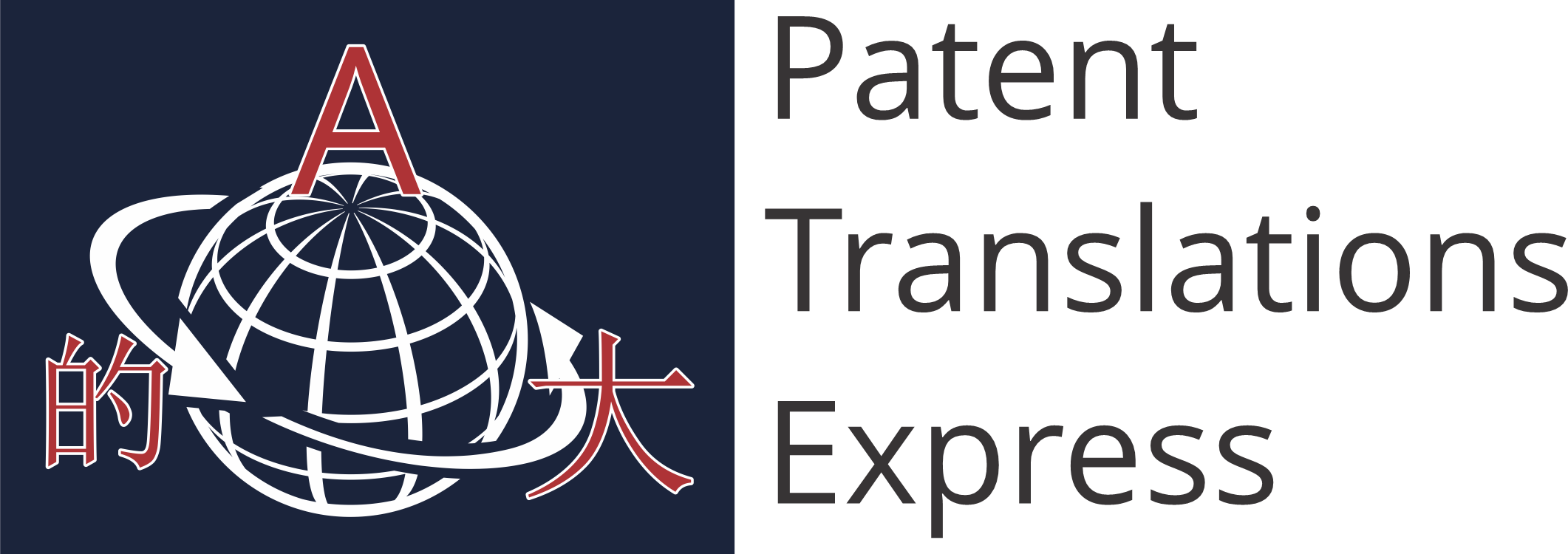As the term describes, translation memory can be thought of as, ‘Memory or data saved from previous translations’. Translation memory functions as a set of a database that stores previously translated segments with their source segments, in the form of translation units, to make future translations much easier and faster. It is one utility of software-based or computer-assisted translation systems. Through storing data segments as memory, it provides the functionality of re-usability to the translators, to enhance the efficiency and reliability of the translated data. The data segments which are stored in the memory are based on the source and the target sentences, which comes into play when the translator finds an entirely new sentence in his/her current work.
At the time of need, this memory helps out by providing references from its memory that matches with the current query. It can be used entirely (if the previous segment matches 100%) or partially (if some words match with the current text) by the translator, which provides better scope than to start any work from scratch.
The speed of translation will automatically increase as the rate of using memories increases, as it will put more data into the memory, making it a bigger and better translation resource.
Also read: Smart Ways to Cut Costs on Patent Translations
How Does It Work?
Translation memory works by executing the following phases:
- Breakdown: It divides the whole data entries or text into smaller sections or segments and saves them as individual segments, with respect to their respective phases. Once the segments are fully decomposed, they finally settle in the memory as the smallest unbreakable unit, commonly known as the translation units. They are the smallest part of the segment which cannot be divided further.
- Assessment: The segments are then assessed on the basis of their ability to get utilized again when required. On the basis of assessment, the segments can be categorized according to three possible situations, which are shown below:
- Completely identical: These include saved segments which 100% matches with the comparing sentences or words. These can be easily and automatically replaced.
- Almost identical: These include saved segments which 99% matches with the comparing sentences or words, such that there is a very minute difference in a single letter or any punctuation.
- Similar: These include saved segments which match with the comparing sentences or words, but does not show very close similarity. Its probability of similarity lies from 50% to 70%, where segments lying below 65% must not be used for automatic translation.
- Sometimes, almost identical and similar segments are also referred to as fuzzy match segments.
- Replacement: On the basis of segment match category, the sentences are then replaced with the segments which were previously translated, to produce the desired result.
Criteria of Uniqueness
Translation memory is capable of storing data which is original and its corresponding translated version in the form of translation units, which makes it different from term base (database holding multilingual terms and their usage rules). Translation memory does not work on its own. It requires human guidance and involvement to perform translation, which makes it different from machine translation (the fully automated translation that does not involve any human input).
Also read : WIPO and its Machine Translation Tool
Importance
Translation memory is a beneficial tool that not only provides assistance to a translator but also enhances the efficiency of the translator for the work of translation. It includes fuzzy segments and identical segments which intelligently sense the degree of match, and still waits for the translator’s response to perform replacement or simply discard the match found. Its effective use can not only help in improvement of translation quality, efficiency, consistency, and clarity, but it also saves time and efforts.
An absence of such approach will force the translator to remember every aspect of translation by heart and then translating each and every word again and again. This may also cause human errors, such as missing some sentences, spelling mistakes, etc. All of these could be avoided with the help of translation memory. This will in turn, help to increase the overall speed of project completion with better quality. This may save a lot of input costs, and which may result in gaining better revenues from the market.
Also Read: Why should companies hire professional patent translation service provider?
Our Approach
Our team at the Patent Translations Express focuses on providing the best-in-class patent translation services, with the help of our team members who are well experienced in language and technical subject matters. We have been in the industry of translation in the domain of life-sciences, chemistry, hi-tech & mechanical engineering. And we are trying to raise our domain command to some other technical matters as well. For any queries, please Contact us or drop a mail to info@patenttranslationsexpress.com.
Other Services: The Patent Drawings Company

